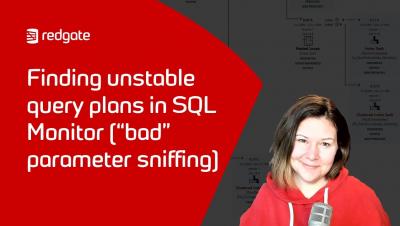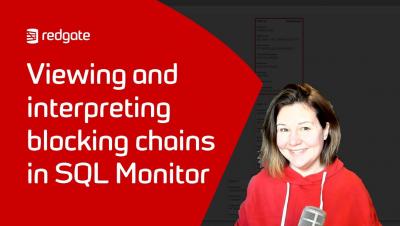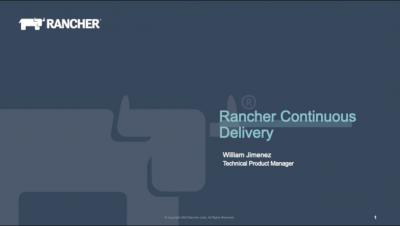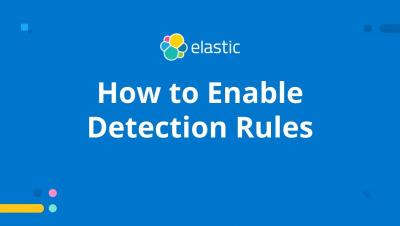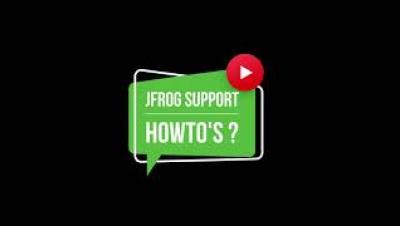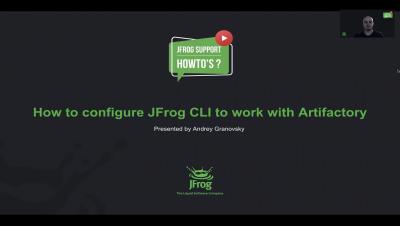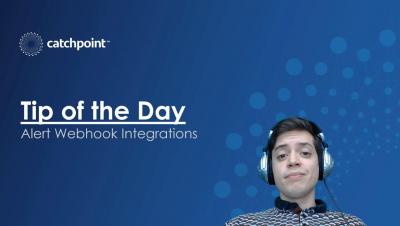JFrog CLI Plugin: rt-fs
JFrog CLI Plugins allow enhancing the functionality of JFrog CLI to meet the specific user and organization needs. All public plugins are registered in JFrog CLI's Plugins Registry. The source code of a plugin is maintained as an open source Go project on GitHub. Anyone can develop their own plugin, in Go. This rt-fs plugin runs file system commands in Artifactory. It is designed to mimic the functionality of the Linux/Unix 'ls' and 'cat' commands. Watch this video to see how.




